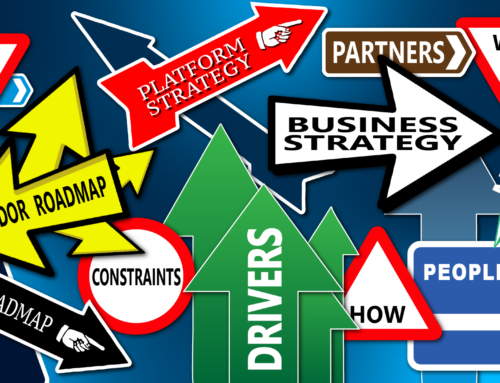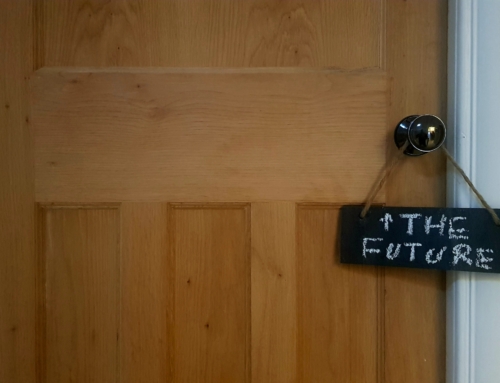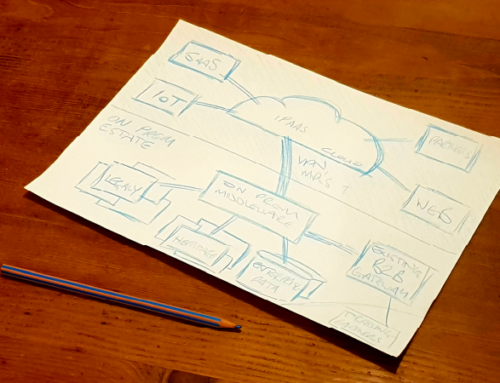Integration platforms should be seen as a technical enabler with the benefits case stacked upon the promise of reuse, cost savings, simplification and flexibility. All of these offer clear advantages for organisations adopting a holistic integration strategy and a CIO or IT director looking to enable the digital potential of their organisation will already have a clear view on the value of this approach.

One challenge to implementing this vision will often be the “burning platform” competing for the IT budget. The integration challenges need to become unambiguous and urgent to justify the spend over fixing the critical problem elsewhere in the IT stack or delivering the immediate priorities of the business. In these circumstances, the case to invest in solving the problems of tomorrow is generally always trumped by firefighting the issues of today. This then creates a perverse situation when integration needs to become such an urgent problem before the business case prioritises the resolution of it.
One approach to shortcutting this challenge is to introduce an integration solution as part of an enterprise solution transformation or system migration to fix the burning platform. Whilst the cloud has become part of today’s standard IT landscape there is still a great deal of “legacy” architecture out there and it often remains so because it is difficult to migrate due to the long history/ lack of documentation/ unknown data dependencies/ combination of all of the above. Where these migrations exist the nature of these makes them risky, often accompanied by dramatic “big bang” cut-over events, and a substantial number of dependencies each of which can delay the programme as a whole with a significant impact on cost.
These impacts exist because where the legacy systems exist there will be a number of systems dependent upon the data created or managed by this legacy system. Often these data relationships will exist directly through a point to point interface and this means that once the new system is stood up and the old system stopped, all the dependant system functions will break unless they are ready to work with the new system. An integration platform offers us a way to break this dependency by presenting a layer of abstraction behind the change. The integration layer can manage the interface with the new solution and talk to the dependent systems in either the new format or provide a format that matches the legacy system until the dependent systems can make the change to according to their own system roadmaps.
This kind of approach (called throttling) can enable many of the upstream and downstream system change dependencies to be unlocked and migrations to take place through a more gradual and far lower risk approach to removing the legacy system. It compliments a more lean approach to system migration where each dependent system delivers some value as it makes the change to use the new formats (not only when every system is completed) and it allows each system owner to prioritise the interface change when it becomes the right priority on their roadmap. Not only does this approach allow you to simplify and significantly de-risk the transformation programme, but it also enables you to kickstart the implementation of a platform that will enable your digital transformation roadmap and the many enablers an integration platform offers. Not a bad way to put out a fire eh?
Wheeve do integration. Get in touch if you would like to know more about how we can help simplify your world.








